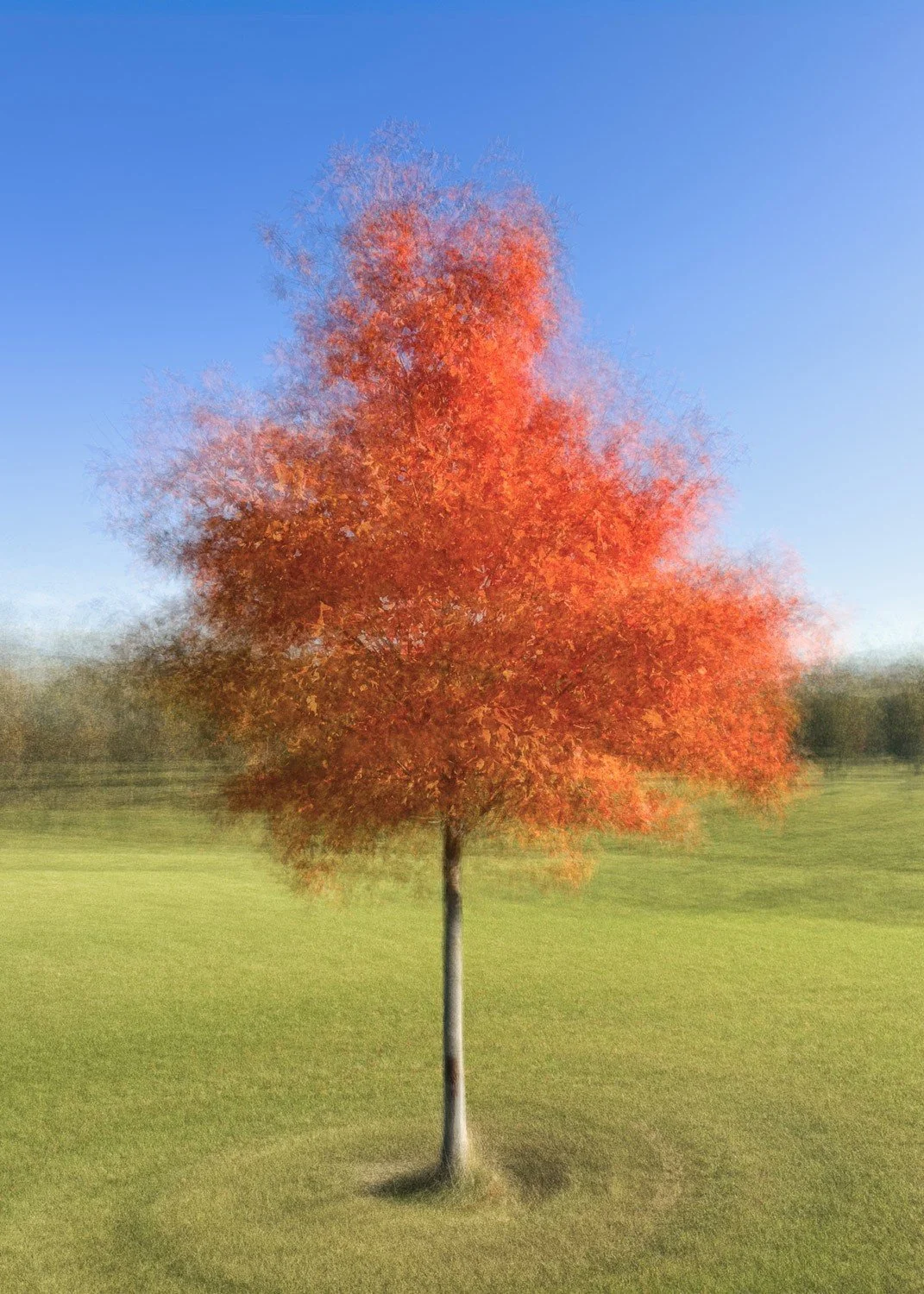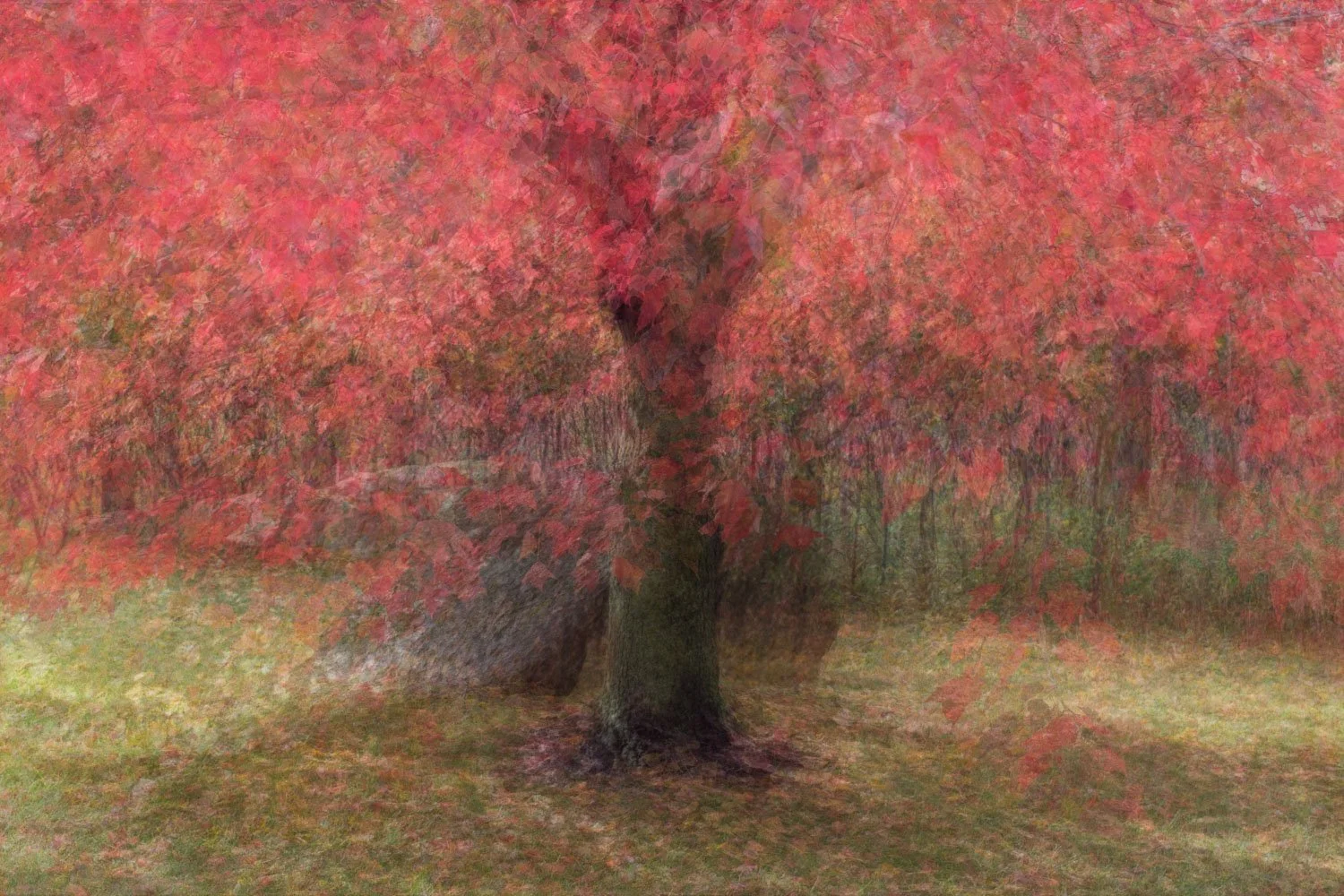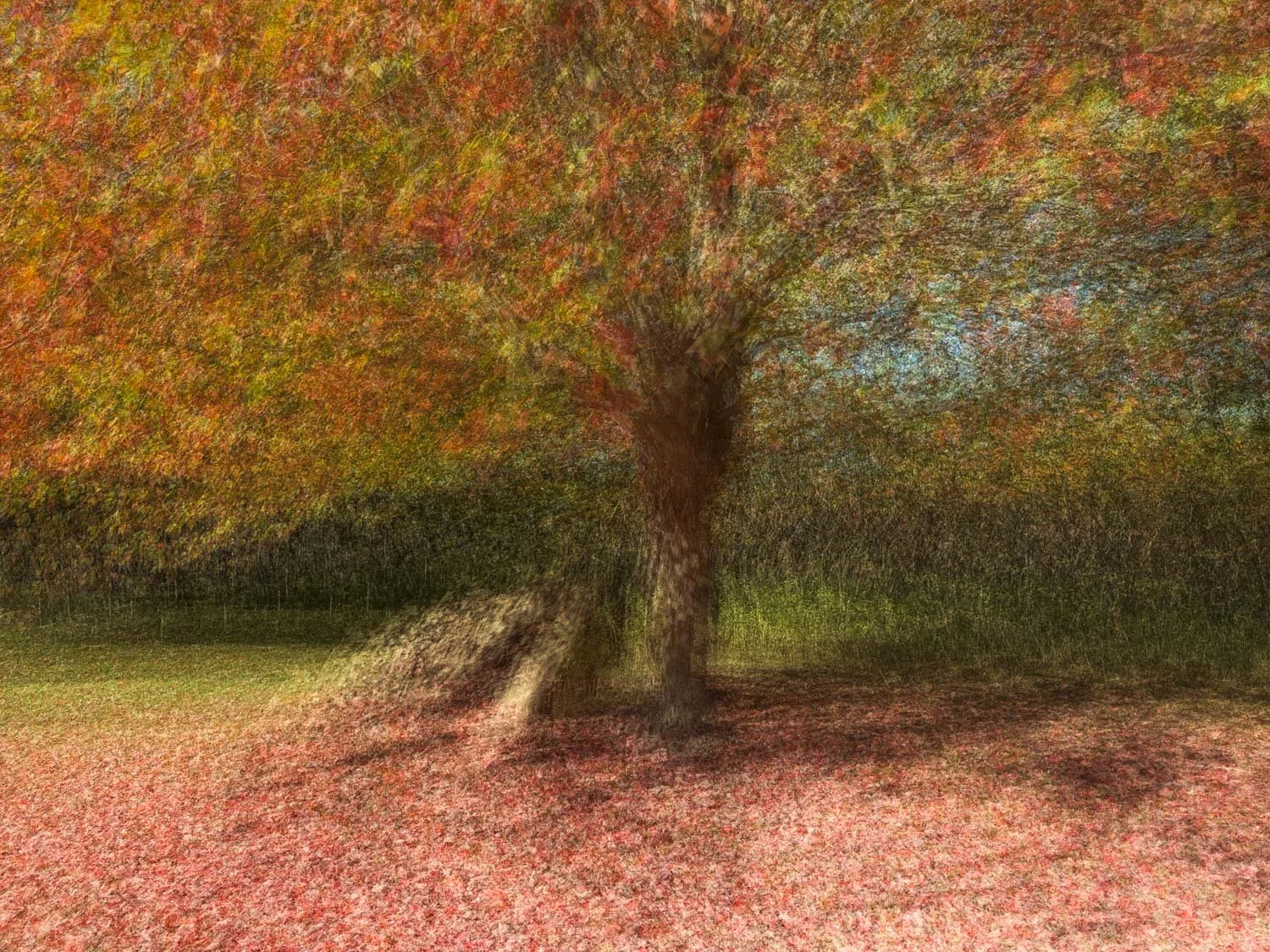Pep goes mobile - round 2
Exploring Alternatives to the SLR for the Pep Ventosa In the Round Technique
The Pep Ventosa In the Round technique has become a favorite among creative photographers who enjoy pushing beyond literal representation. Traditionally, it’s carried out with an SLR or mirrorless camera, capturing a series of images while slowly circling a subject. These frames are then layered and blended, resulting in a painterly, composite impression of the scene.
But can this technique be used successfully without an SLR? After all, today’s mobile phones pack surprisingly capable cameras—good enough to produce images that certainly qualify for this approach. I explored using a mobile device to recreate the technique some time ago, but with more experience under my belt, it feels worth expanding on the topic.
In this post, we’ll look at two alternatives,the mobile multi-shot method and long-exposure mobile apps - and how they compare with the classic SLR approach.
1. Using a Mobile Phone for In the Round
How it works
Much like with an SLR, you move in an arc around your subject, capturing a series of images from slightly different angles. The mobile phone actually offers one nice advantage here: the larger screen makes composition and alignment easier. It’s still worth using an app that provides gridlines to help with consistent subject placement. And because the resulting images will be layered and blended in your editor of choice, shooting in JPG is usually more than sufficient.
Comparative Results
So how do the results compare? Below are two images—one created using my standard DSLR workflow, and the other produced by simulating that same process with my iPhone.
Although I took care to match the shooting process for each (frame count, spacing, and approximate positioning), this isn’t a scientific test. The camera position wasn’t identical, and there are natural variations in processing.
Even so, I think it’s clear that both images share the key characteristics of the technique, each fulfilling its creative intention. But here’s the fun part: can you tell which was shot on a DSLR and which on my iPhone? …… the answer is down below…….
2. Using Long-Exposure Apps to Create the “In the Round” Look
What happens when you take the core concept of In the Round - multiple viewpoints blended into a unified impression - and try to replicate it with a single long exposure instead?
This was a question I had, and it’s where long-exposure apps come in. Apps like Bluristic, Spectre, or Slow Shutter Cam allow you to “paint” with movement while the device records continuously. Although they appear to create a traditional long exposure, they’re actually capturing a rapid sequence of frames and synthesizing them into a single blended result. This is much like what we normally do manually but achieved without our intervention and providing a single result. Another app, Average Camera Pro takes a slightly different approach by combining a selected number of frames, with camera movement between each
By gently arcing around your subject as the exposure builds, you can create a continuous composite without capturing discrete frames.
How these results differ from true In the Round
The classic technique layers a controlled number of individual frames, each offering processing choices (like blending modes, opacity, and masking) that influence how much impact each frame has on the final outcome. Long exposures, on the other hand, produce a more fluid interpretation where individual viewpoints melt together.
This loss of separation often means losing some of the character that defines the subject. However, this shift in aesthetic may appeal to some and does come with clear advantages: immediate results and no need to manage dozens of frames.
Results
Here are the results. The first image shows a simple scene I photographed with my DSLR a few years ago using the traditional technique. Attempts were made to recreate this scene under our current, early autumn conditions.
The second image was captured using the Bluristic app, recording a long exposure while I circled the tree. Bluristic allows you to set a control point (more on this in a future blog post), which the app uses to track that point during movement. This feature helps maintain detail in the subject, most noticeably in the tree trunk.
The app that comes closest to replicating the standard workflow of the traditional method was used for the final image. Average Camera Pro offers automated stacking of a preset number of images, with an adjustable delay between each capture to give you time to reposition the phone or camera. You set both the frame count and the timing beforehand.
However, maintaining consistent subject placement when using AveCamPro is challenging, as each new capture builds on the already-accumulated stack. And the limited processing control restricts how closely you can refine the result, making it less ideal for this technique.
A further long-exposure app, Spectre, was also tested but didn’t produce results I felt were worth including. It’s worth noting that Spectre was not designed for this type of use (the app discussed in earlier posts). Along with the other apps tested this app excels in other distinct scenarios and should not be discounted out of hand..
Conclusion
From my own testing, I feel confident that the iPhone is capable of producing results comparable to my DSLR. It offers a genuinely viable option for anyone who doesn’t want to invest in - or carry - the more traditional camera-and-lens setup.
Long-exposure apps present a different path altogether. While they lack the control and refinement of the classic multi-exposure workflow, they bring their own expressive, painterly qualities to the table. In the right situations, those qualities may actually suit a subject even better.
And if you’ve read this far, you certainly deserve the answer to the earlier question: which of the multi-exposure images came from the iPhone?
The first image was created with the DSLR; the second was captured with my iPhone!
Thanks for sticking with it this far. I’d love to hear how others have been experimenting with or finding success with this technique, so feel free to drop a comment.





